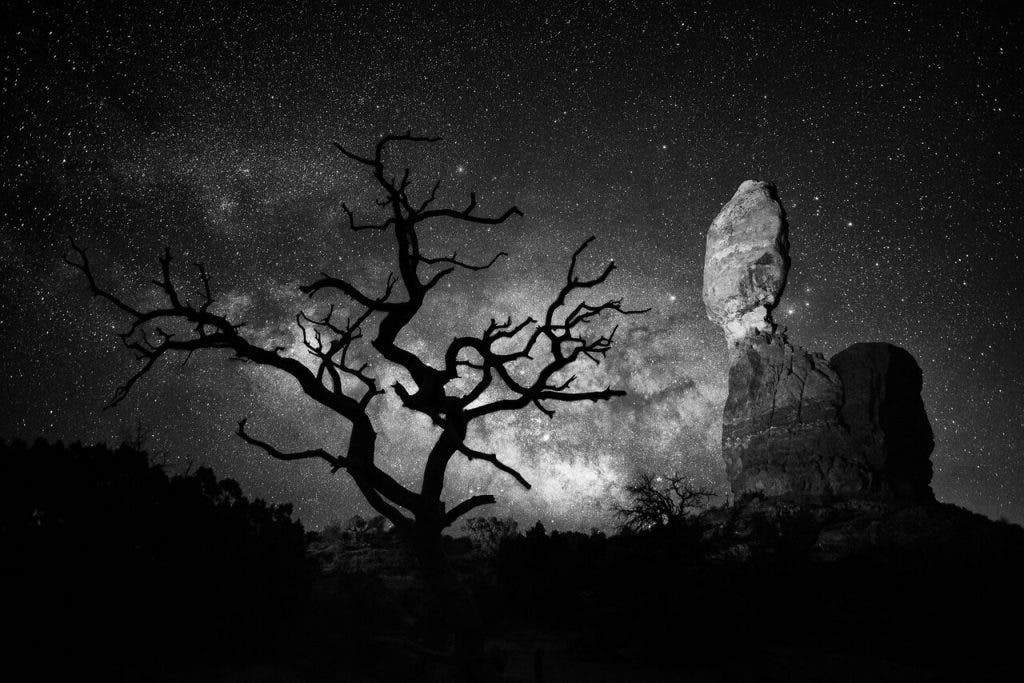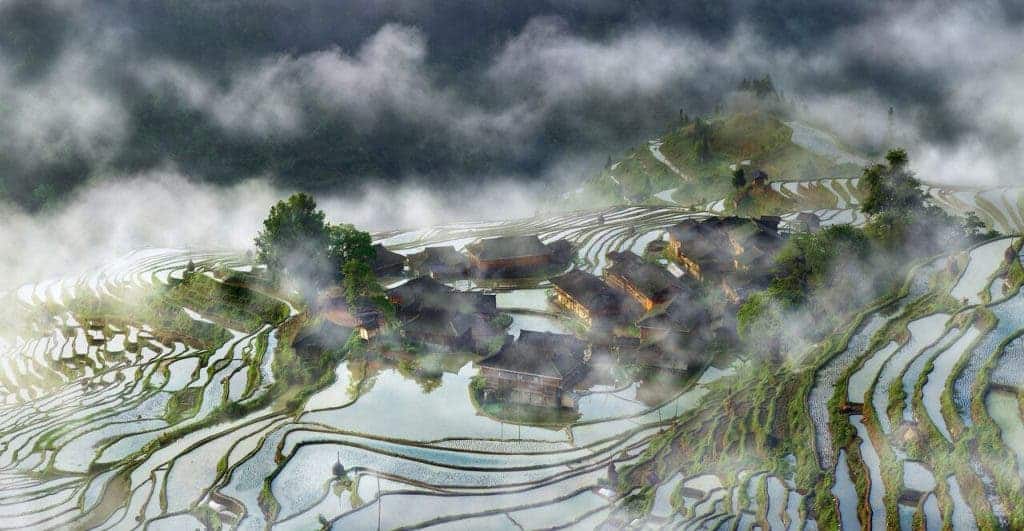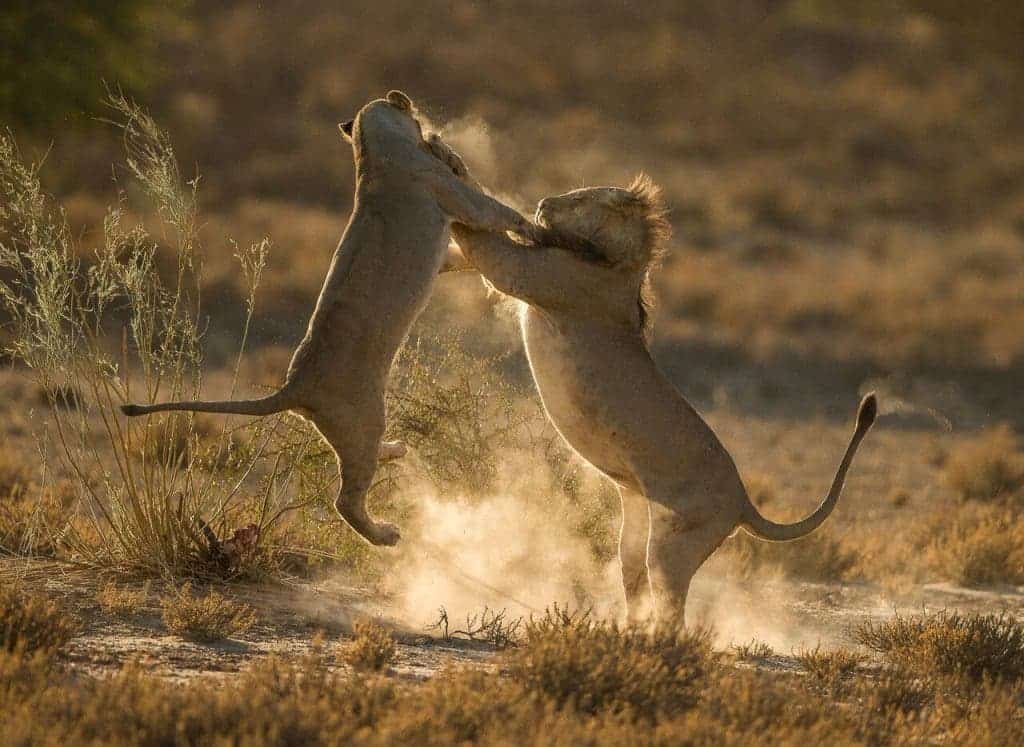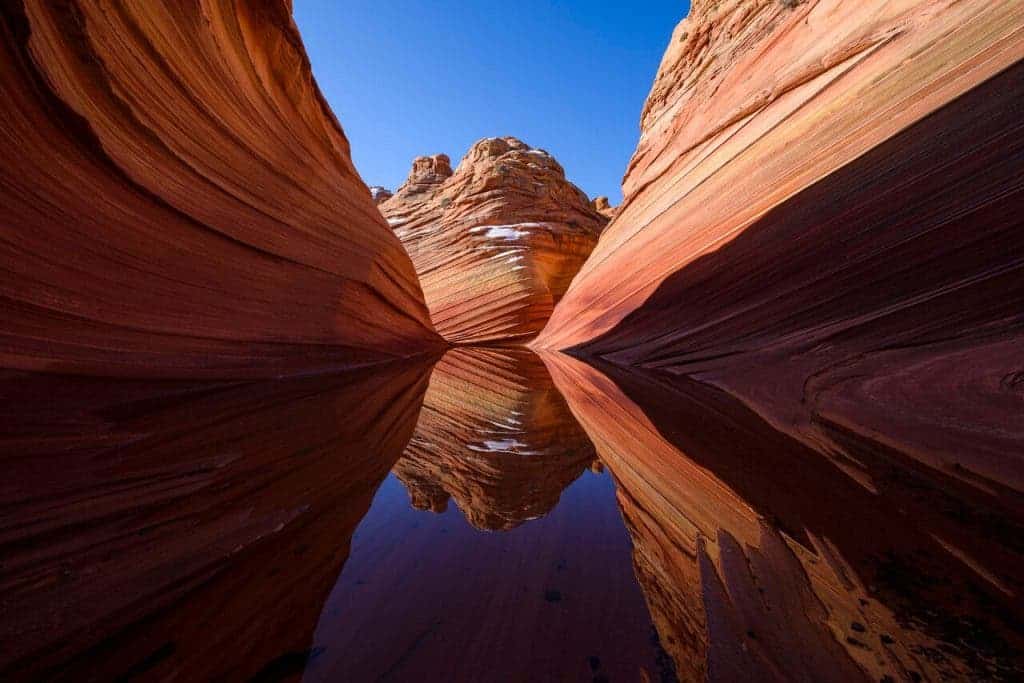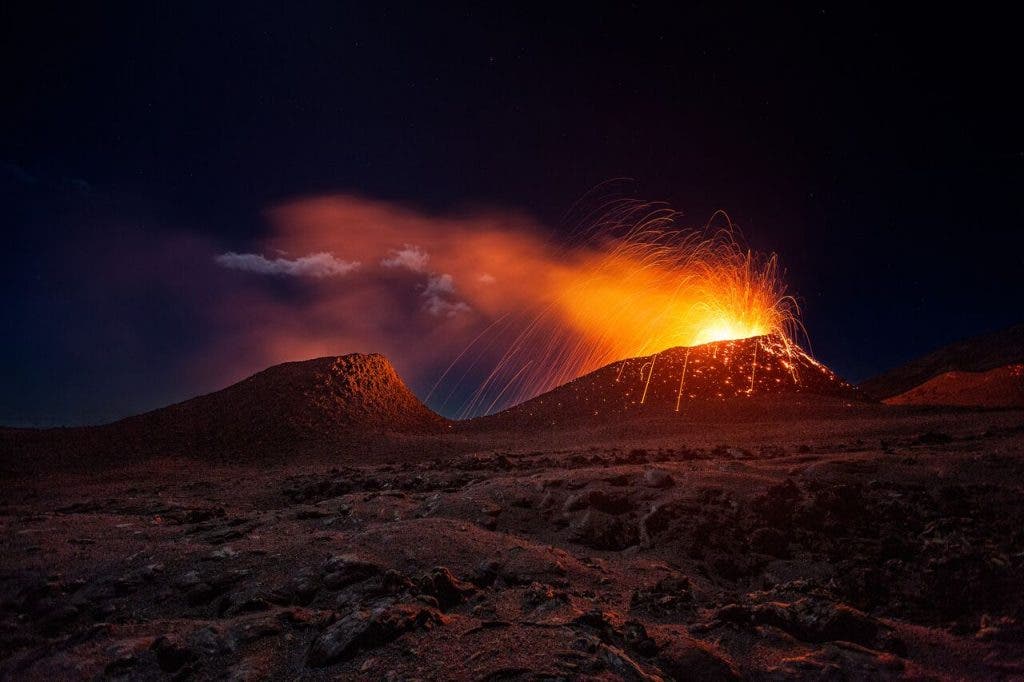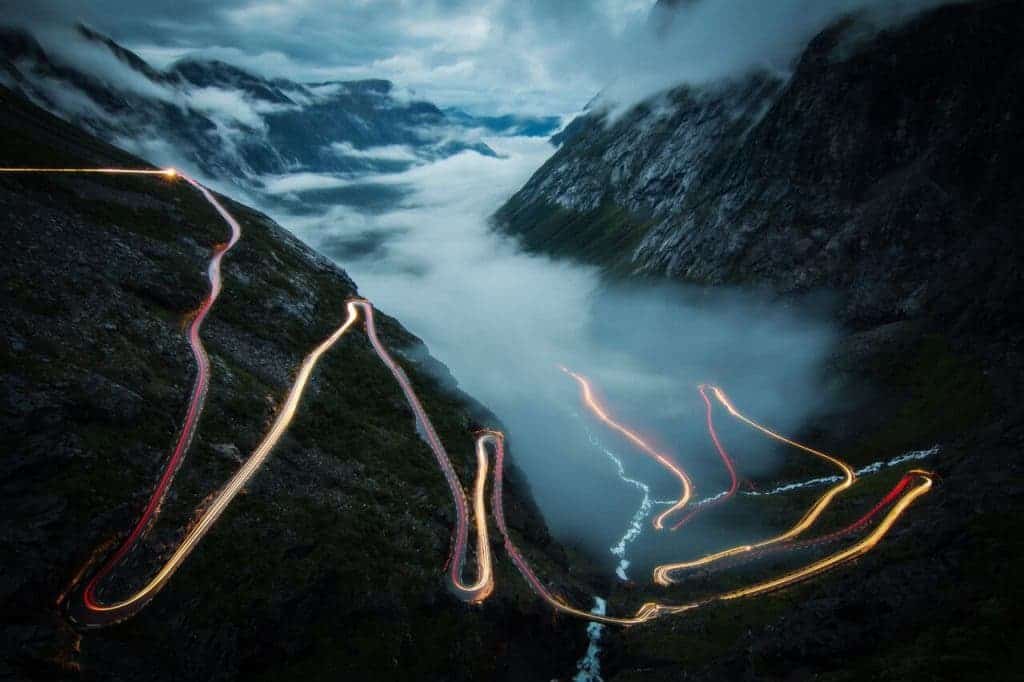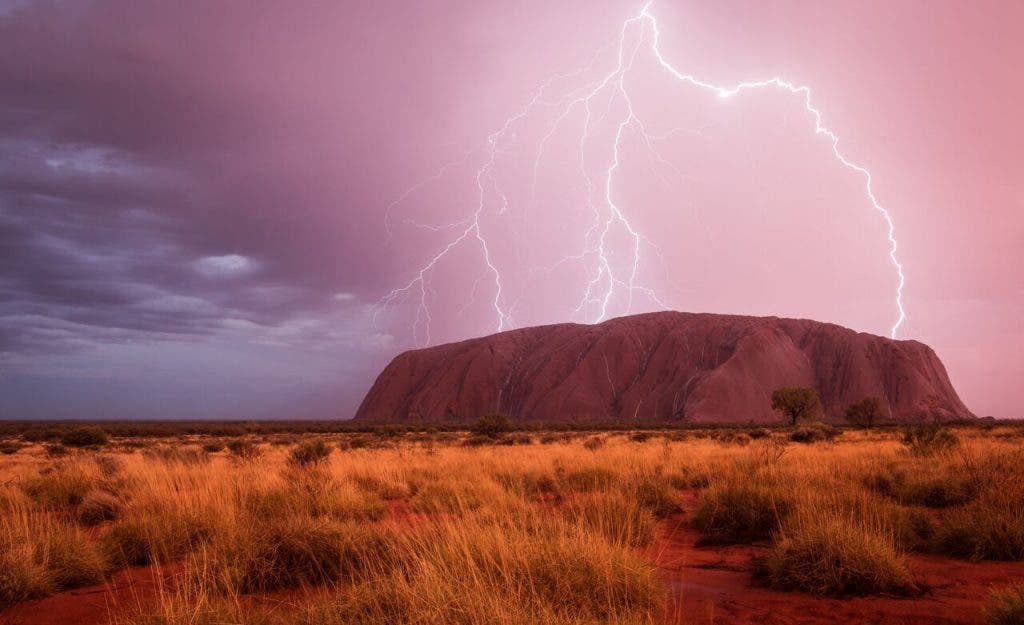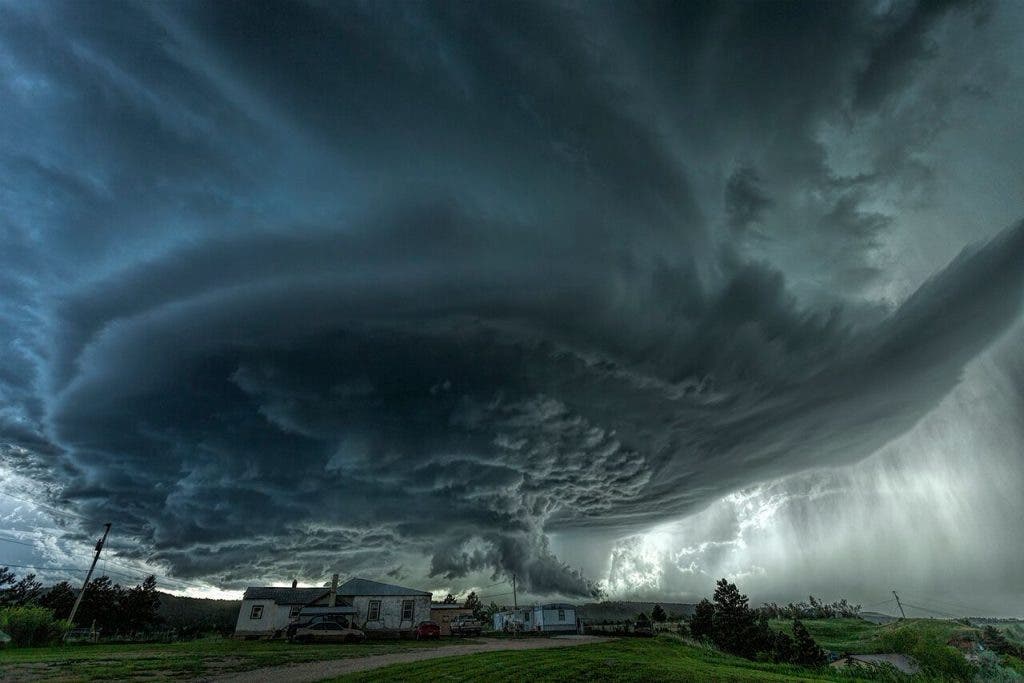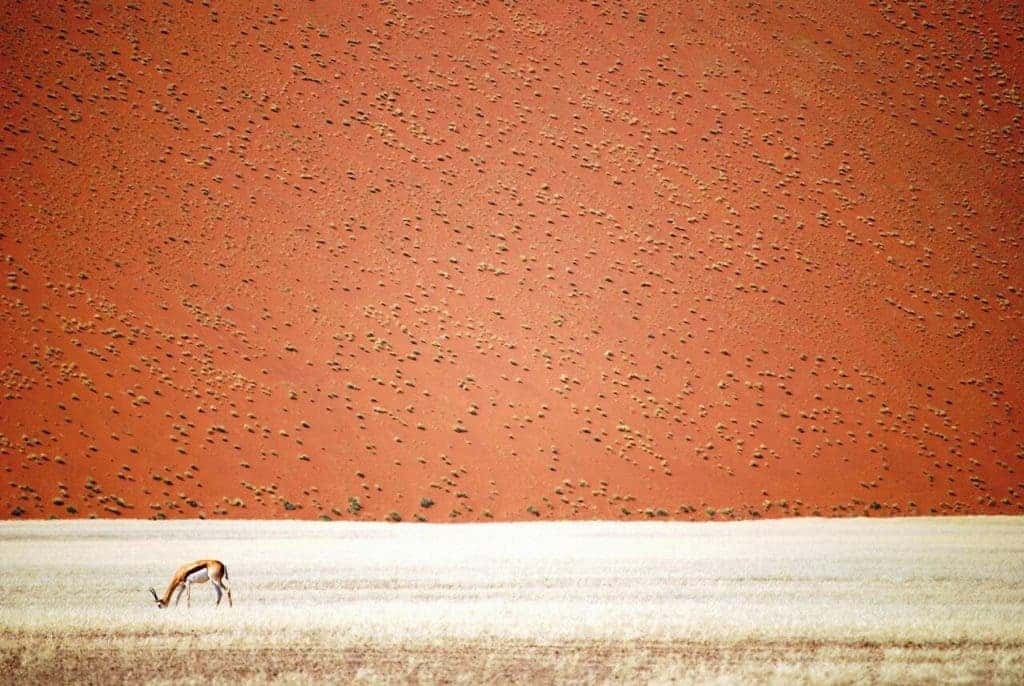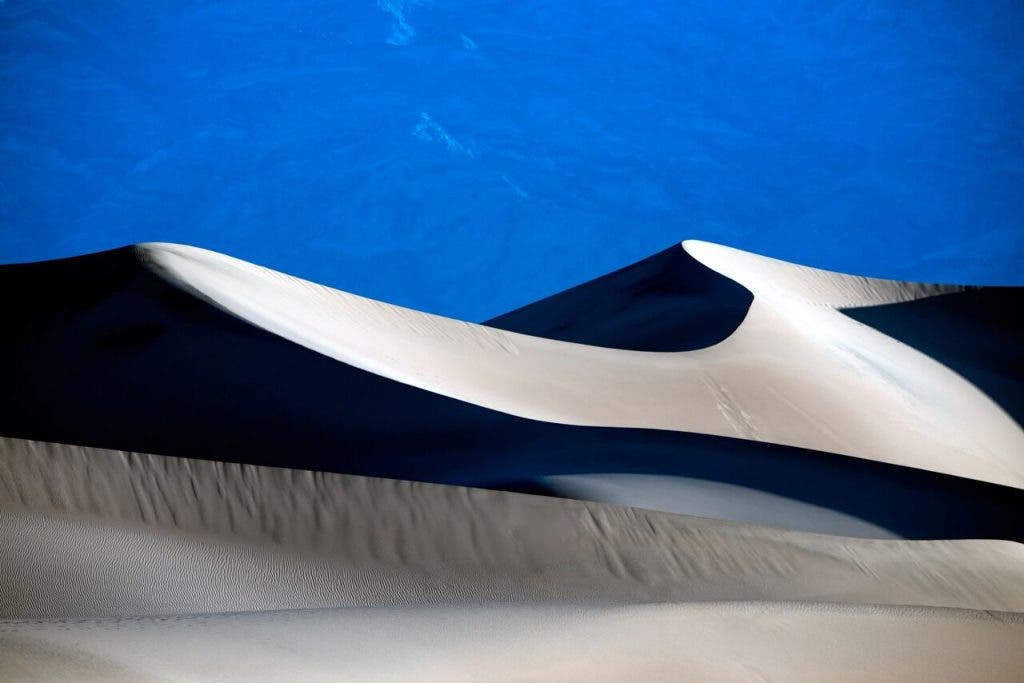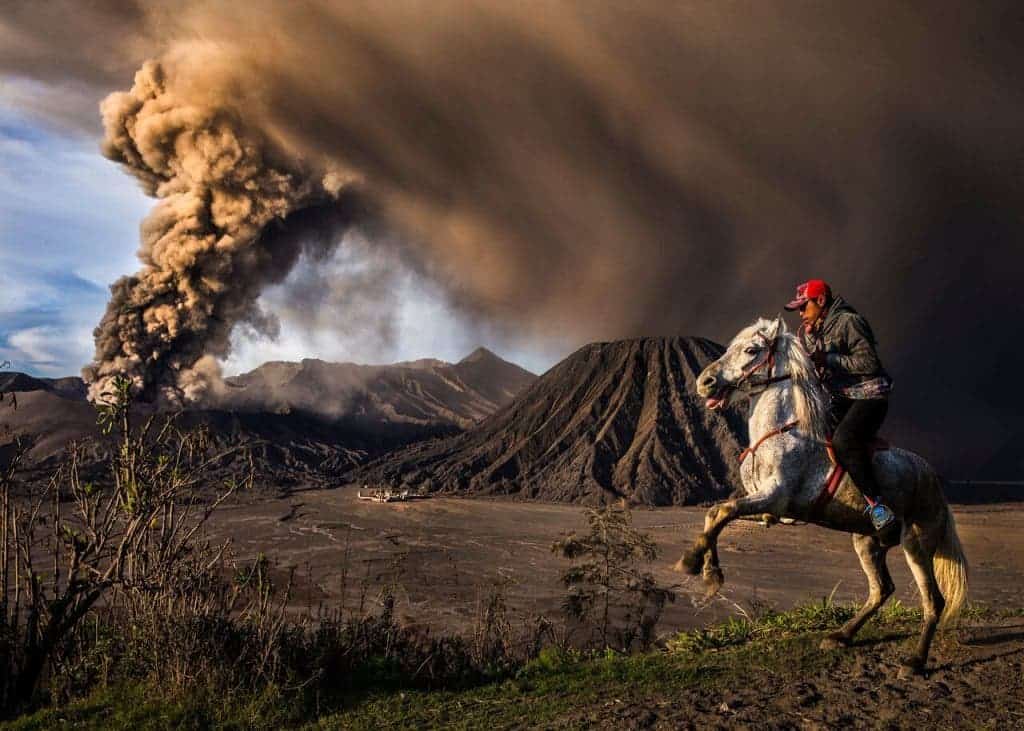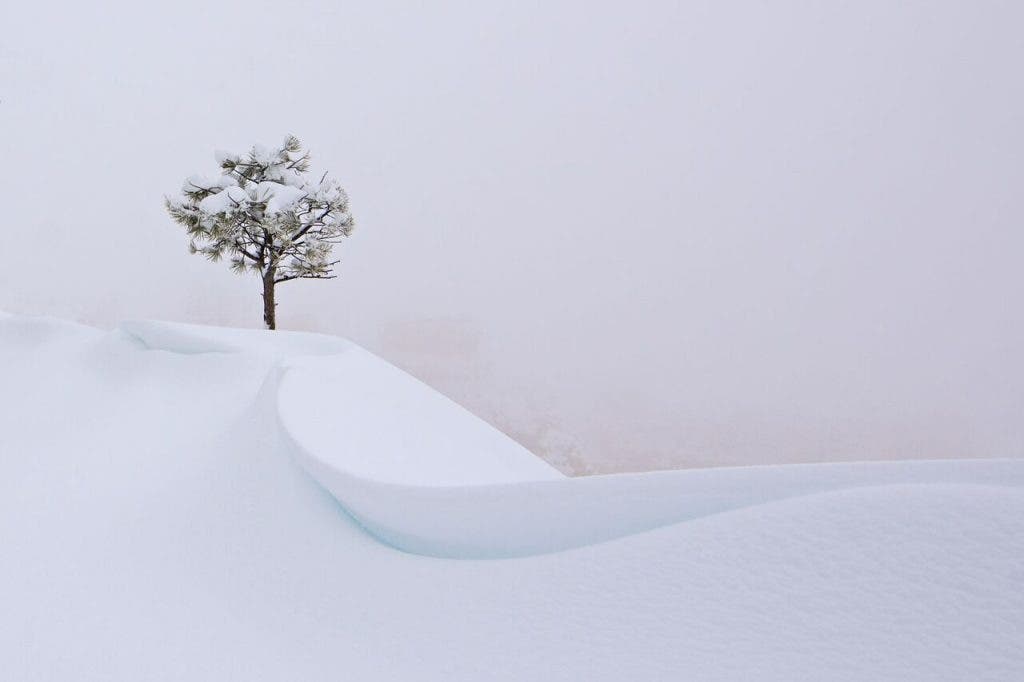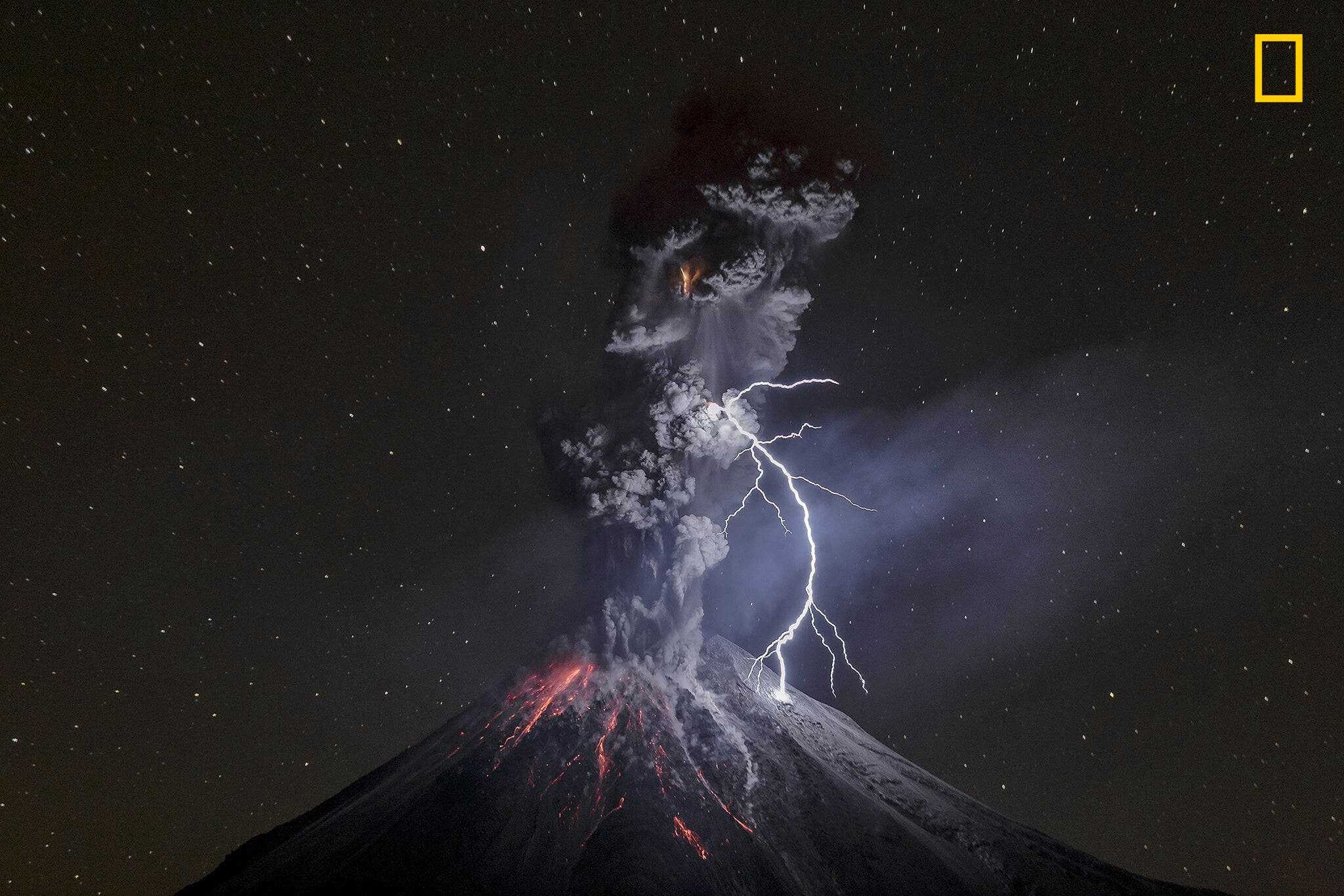When it comes to photography contests, few do it as good as National Geographic. The Travel Photographer of the Year Contest is now accepting entries, and the competition is already spectacular. Here are just some of the most beautiful entries from the Nature section:
“Our Travel Photographer of the Year program is a way to show that our readers are among the world’s best travelers and photographers,” said George Stone, editor in chief of National Geographic Travel. “We are passionate about visual storytelling and we hope that our contest will inspire our global audience to explore the planet and use photography to tell amazing stories.”
There is a $15 entry fee per photo, but there is no limit of photos you can enter in the contest – and the prizes are attractive.
The grand prize is the seven-day Polar Bear Photo Safari at Churchill Wild–Seal River Heritage Lodge, where guests can settle into a cozy lodge on the banks of the Hudson Bay. Also, each category winners will receive a Sony a6300 camera supplied by B&H Photo, while second-place winners will receive National Geographic’s The Art of Travel Photography course on DVD and third-place winners will receive a National Geographic book. All winners will receive a subscription to National Geographic Traveler, and the winning photos will appear online and in an upcoming issue of the magazine.
